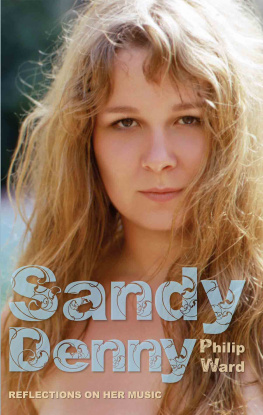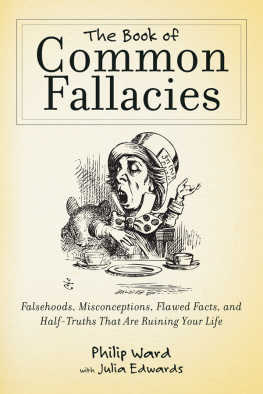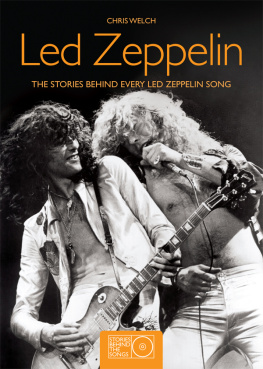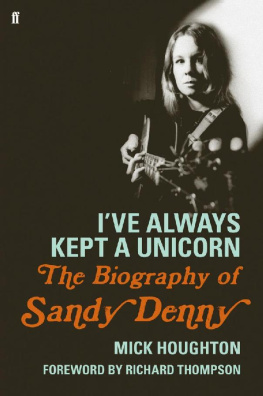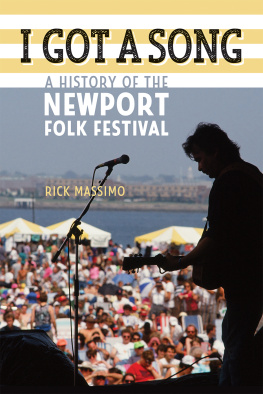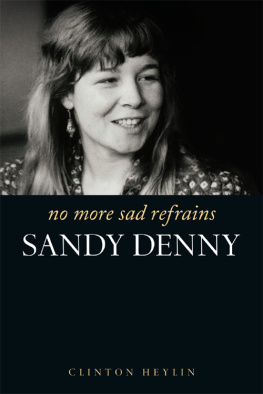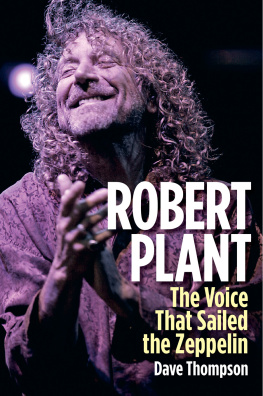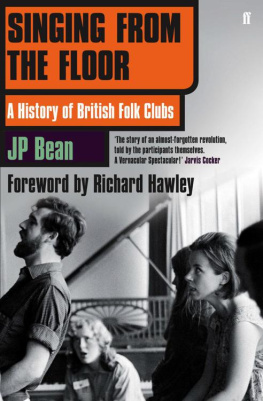

Sandy Denny, 1967

Copyright 2011 Philip Ward
Reprinted 2015
Republished as an ebook, 2019, with new Postscript
The moral right of the author has been asserted.
Apart from any fair dealing for the purposes of research or private study, or criticism or review, as permitted under the Copyright, Designs and Patents Act 1988, this publication may only be reproduced, stored or transmitted, in any form or by any means, with the prior permission in writing of the publishers, or in the case of reprographic reproduction in accordance with the terms of licences issued by the Copyright Licensing Agency. Enquiries concerning reproduction outside those terms should be sent to the publishers.
Matador
9 Priory Business Park,
Wistow Road, Kibworth Beauchamp
Leicestershire. LE8 0RX
Tel: 0116 279 2299
Email:
Web: www.troubador.co.uk/matador
ISBN 978 1838598 693
British Library Cataloguing in Publication Data.
A catalogue record for this book is available from the British Library.
Front cover design by Andrew Batt

Matador is an imprint of Troubador Publishing Ltd
In memory of my parents, who knew where the time went
CONTENTS
ACKNOWLEDGEMENTS
Thanks to: Jim Abbott, Joe Boyd, Richard Byrne, Andrew Ceelan, Keith Christmas, Gerry Conway, Linda Fitzgerald-Moore, Robin Frederick, Hans Fried, Geoff Frost, John Holman, Tim Holmes, Michael Hunter, the late Pamela Hurtt, Mark Irons, Van Johnson, Bill MacCormick, David Mercer, Clare Morris, Michael C Morton, Ron Moy, Noel Murphy, Noam Newman, Kate Partridge, Dave Pegg, John Penhallow, Colin Randall, Eddi Reader, John Renbourn, Patrick Rosenkranz, Steve Shutt, David Suff, Geoff Sullivan, Pete Townshend, Miranda Ward, Bill Watters, Pamela Murray Winters, Heather Wood and Reinhard Zierke.
Some of this material first appeared in R2 magazine (formerly RocknReel) and I owe a big debt to editor Sean McGhee. Once a stalwart of the Cumbrian punk rock scene, he has long been a staunch supporter of Sandy Denny evidence, if evidence were needed, of the breadth of her appeal. Other sections first appeared as blogs. I have revised and updated only where necessary, hoping to preserve the freshness of my original responses. Whatever failings or errors remain are mine alone.
Special thanks to three friends who have encouraged and fed my interest in this subject: Andrew Batt, Jamie Taylor and Bambi Ballard.
All material from Dennys private papers is copyright the estate of Sandy Denny and reproduced with permission. Thanks, as ever, to Elizabeth Hurtt-Lucas, keeper of the flame.
In the case of uncredited photographs, every effort has been made to identify the copyright owner.
PW
INTRODUCTION
Good morning, good afternoon
And what have you got to say?
(Solo)
REFLECTIONS
She was the perfect British folk voice. Not a trace of vibrato. Pure and easy (Pete Townshend)
The pre-eminent British folk-rock singer (Richie Unterberger)
Dont listen to her! Youll realise that the rest of us are wasting your time (Rachel Unthank)
Name-checked in a Kate Bush song. The only guest vocalist ever to appear on a Led Zeppelin album. Twice voted Top British Female Singer by readers of Melody Maker. Drinking buddy of Keith Moon and John Bonham and a regular at the Colony Club in Soho. Friend to the Laurel Canyon set and Mama Cass. More than a friend, according to some accounts, of Frank Zappa. Photographed by David Bailey, Anton Corbijn and Keith Morris. Once shared a stage with Peter Sellers. Has a variety of day-lily named after her
For all the accolades and associations, the British singer-songwriter Sandy Denny (1947-1978) remains curiously elusive. She emerged in the mid-Sixties while still a teenager, performing on the folk revival scene where she displayed her mastery of traditional singing before moving onto her own compositions and contemporary material. She was a leader of the folk-rock movement, a sound she was instrumental in creating. Whether in her solo recordings or as a member of bands such as the Strawbs, Fotheringay or most famously Fairport Convention, whether as singer or writer, her voice speaks to us still with uncanny urgency. But why? What is it telling us?
In 2006 Joanna Newsom, darling of the nu-folk movement, appeared on NPRs online music show All Songs Considered. As guest DJ she discussed her music with host Bob Boilen and played some favourite tracks. Intrigued as I am by her elfin stage presence and exotic songwriting, Im afraid I can never get past the Lisa-Simpson vocals. In short, la Newsom doesnt do it for me. But her list of influences was something else. In a playlist entirely in thrall to her parents generation she chose music by Van Dyke Parks, Randy Newman, Lindsey Buckingham and Sandy Denny. I almost began to warm to the garrulous young Californian when I heard what she heard in Next Time Around:
Relating to what you just pointed out the tone-shifting thats one thing I would relate to Sandy Denny and Randy Newman specifically. But in the case of Sandy Denny I think one of her incredible gifts was as just an unbelievable sort of melodist. Like, I dont think there are very many people making music who have ever been like this or who ever will be like this. Its almost like, I dont know, Paul McCartney or something like that like, her sense of melody and sort of the interval separating each progressive note of her melody is so incredibly deliberate. Its just like carving out some sculpture or something. I mean, it manages to feel fluid and intuitive but at the same time from, like, a compositional perspective or whatever, its just unbelievably ambitious and interesting and just reaches such incredible heights. And then theres this sort of bedrock shifting tonality of the piano part in that song it, like, slays me!
Her analogy with sculpture is spot-on. What Newsom probably doesnt know is that Dennys favourite form in her art school days was sculpture. It was one of three unfulfilled early ambitions she confided to Anne Nightingale in 1971:
Deep down inside me I thought I would do something, but maybe every little girl has that. Everybody has huge fantasies. I thought I was going to be this great ballet dancer, and a sculptor, and Edith Cavell (Petticoat, 20.2.1971)
But Newsoms comparison with sculpture is apt for another reason. When describing music, we instinctively sidestep into another medium. All art aspires towards the condition of music, said Walter Pater, implying musics place at the pinnacle of a hierarchy. Theres a famous Ronald Searle cartoon showing the aftermath of a music lesson at St Trinians. While two rascals giggle in the background, a disgruntled cleaning lady sweeps up piles of discarded crotchets and quavers. The joke is that music has no tangible existence, yet perforce we talk as if it has.
Thats why there is no settled way to write about music. If such be true of classical music, how much truer it must be of rock and folk, which havent been respectable long enough for critical canons to establish themselves. This book, accordingly, is a series of experiments in how to write about popular music, and one artist in particular. Quasi-academic
Next page
